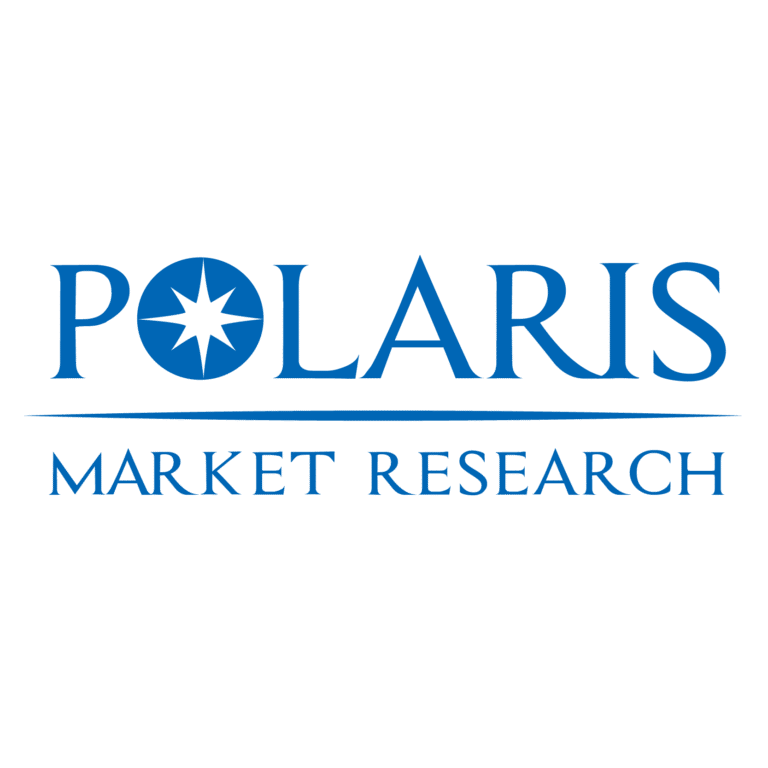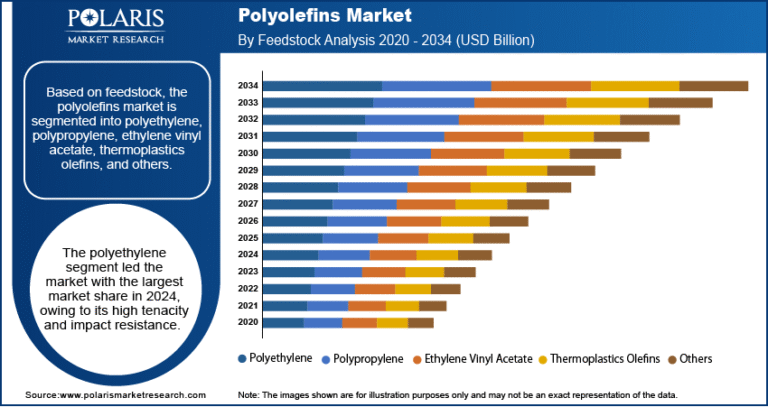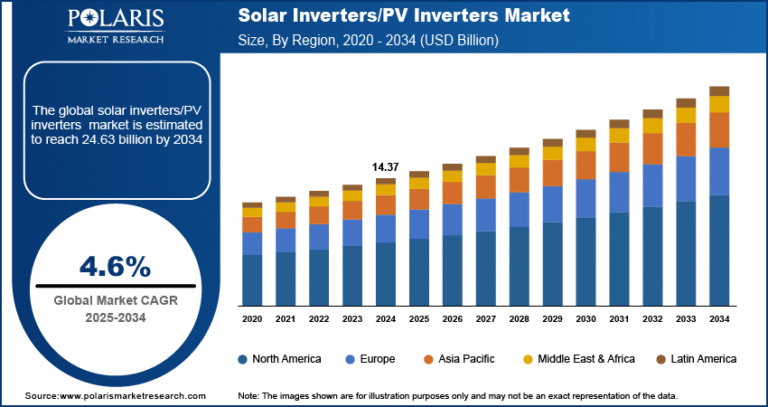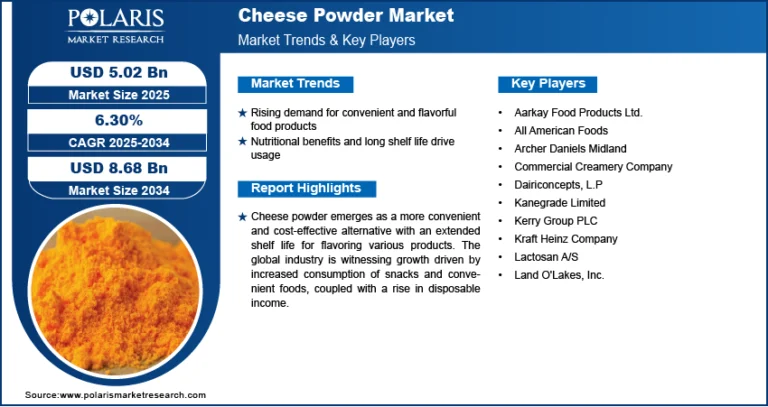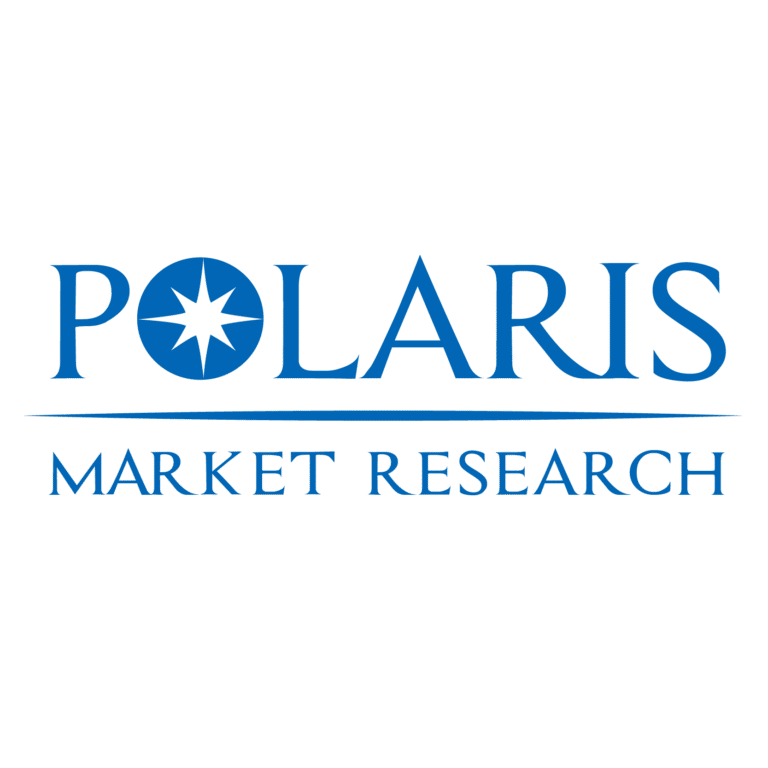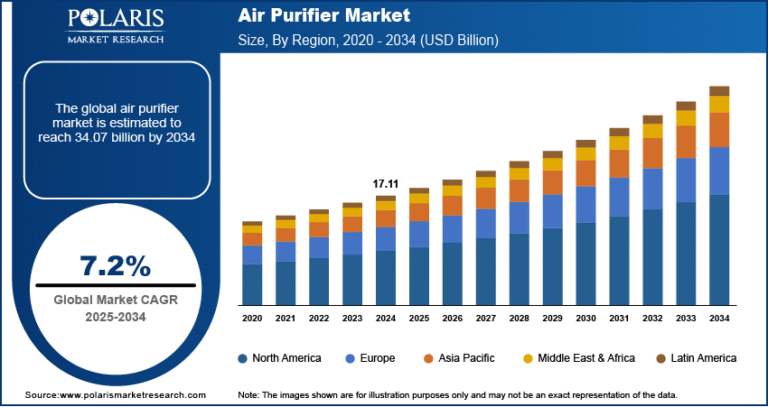Global Insulation Market Outlook: Trends, Drivers & Future Prospects
The global insulation market is experiencing steady expansion, driven by increasing awareness of energy efficiency, sustainability mandates, and rapid growth in construction and industrial sectors. Insulation materials—including fiberglass, mineral wool, foam board, spray foam, and natural fibers—are increasingly adopted across residential, commercial, industrial, and infrastructural projects to reduce energy consumption and carbon emissions.
🌍 Market Size & Growth Forecast
The insulation market size is expected to reach USD 194.52 billion by 2034, according to a new study by Polaris Market Research. This growth is fueled by rising demand for thermal and acoustic comfort, emphasis on green building standards, and refurbishment of aging structures globally.
🔑 Market Drivers
-
Energy Efficiency Regulations & Green Building Codes: Stringent standards in North America, Europe, and parts of Asia-Pacific are compelling adoption of higher-performance insulation to reduce heating and cooling loads.
-
Rising Energy Costs: High fuel prices are incentivizing homeowners and industries to reduce energy bills through better insulation.
-
Construction Industry Expansion: Rapid urbanization and infrastructural development in emerging markets like India, China, Southeast Asia, and Latin America are increasing demand for insulation materials.
-
Retrofit & Renovation Trends: A focus on upgrading existing buildings to meet energy efficiency targets is driving renovation demand in developed regions.
-
Technological Advancements: Innovations such as vacuum insulation panels, aerogels, and phase-change material integration are pushing efficiency boundaries.
🏆 Competitive Landscape & Trends
Leading Players: Manufacturers such as Kingspan, Owens Corning, Rockwool, Saint-Gobain, BASF, and Dow maintain dominance through product innovation, wide distribution, and sustainability certification.
Innovation Drivers:
-
High-performance composites: Combining insulation with radiant barriers or phase-change substances.
-
Smart insulation systems: Integrating sensors to monitor thermal performance and moisture levels in buildings.
-
Sustainable sourcing: Increased acceptance for natural fiber options due to lower embodied carbon and recyclability.
Emerging Trends:
-
Digitization of the supply chain: Better transparency, tracking, and material specification.
-
Modular & prefabricated construction: Growth in insulated panels (SIPs) speeds up installation and improves thermal efficiency.
-
Lifecycle assessments: Governments and clients demand products with validated environmental credentials.
🌱 Challenges & Roadblocks
-
High material and manufacturing costs: Performance-oriented insulation (aerogels, spray foams) is more expensive, slowing adoption in price-sensitive markets.
-
Misapplication and quality issues: Improper installation can drastically reduce insulation performance, leading to energy inefficiencies.
-
Health & Safety Concerns: Some materials raise concerns around flammability or off-gassing unless properly certified and installed.
-
Recycling & End-of-Life Management: Composite materials and foam boards pose recyclability challenges.
🚧 Key Market Segments
By Product Outlook (Volume, Kilotons; Revenue, USD Billion, 2020–2034)
- Glass Wool
- Mineral Wool
- EPS
- XPS
- CMS Fibers
- Calcium Silicate
- Other
By End Use Outlook (Volume, Kilotons; Revenue, USD Billion, 2020–2034)
- Industrial
- Construction
- HVAC & OEM
- Packaging
- Transportation
- Other
𝐄𝐱𝐩𝐥𝐨𝐫𝐞 𝐓𝐡𝐞 𝐂𝐨𝐦𝐩𝐥𝐞𝐭𝐞 𝐂𝐨𝐦𝐩𝐫𝐞𝐡𝐞𝐧𝐬𝐢𝐯𝐞 𝐑𝐞𝐩𝐨𝐫𝐭 𝐇𝐞𝐫𝐞: https://www.polarismarketresearch.com/industry-analysis/global-insulation-market
🔍 Regional Insights
-
North America & Europe: Mature markets with high penetration of advanced insulation materials (spray foam, rigid boards) and retrofit activity.
-
Asia-Pacific: Fastest-growing region; massive residential and industrial infrastructure build-outs, fueled by government energy efficiency incentives. China and India are the primary growth engines.
-
Middle East & Africa: Rising industrialization, oil & gas construction, and new commercial developments are expanding market share, despite slower residential uptake.
-
Latin America: Moderate growth supported by urbanization and upgrades in commercial and industrial sectors.
🔭 Future Outlook
The insulation market is expected to grow consistently as governments, industries, and consumers prioritize energy efficiency and sustainability. The demand trend favors advanced, high-performance, and eco-friendly solutions, particularly in retrofit and zero‑energy construction projects. Ongoing R&D in lightweight composite insulation, smart monitoring systems, and scalable manufacturing is likely to shape the next wave of innovation. Regionally, Asia‑Pacific will remain the fastest-growing market, while North America and Europe continue to push adoption through rigorous regulation.

